goodguy
Been spending a lot of time on here!
- Joined
- Dec 5, 2012
- Messages
- 5,555
- Reaction score
- 1,121
- Location
- Toronto Canada
- Can others edit my Photos
- Photos OK to edit
I am in a place where I love me long telezoom (70-300mm VR) and my "go to" lens (24-85mm VR) and I have been looking closer at my nifty fifty 50mm 1.8G.
Back when I still had my D7000 it was never very sharp, in portrait on 1.8 the eyes (I always aim to the eyes in portraits) came out soft, I thought it was my D7000 so I didnt make much of it but now with my new D7100 I dont see a whole lot improvement.
Its ok but not crisp and sharp as I excpect a prime lens to be, its actually not as sharp as my 24-85mm VR.
I hear a lot of good feedback on the 85mm lens, how sharp it is and perfect of portrait so I wonder how true is it ?
I am not talking about the 85mm 1.4G, thats an expensive lens out of my league, I am talking about the 85mm 1.8G or the 85mm 1.8D.
How sharp are they really (especially compared to the 50mm 1.8G), is there any difference ?
Is there any sharpness differences between the 85mm 1.8G or D models ?
The "D" is cheaper so is it worth buying over the "G" ?
Back when I still had my D7000 it was never very sharp, in portrait on 1.8 the eyes (I always aim to the eyes in portraits) came out soft, I thought it was my D7000 so I didnt make much of it but now with my new D7100 I dont see a whole lot improvement.
Its ok but not crisp and sharp as I excpect a prime lens to be, its actually not as sharp as my 24-85mm VR.
I hear a lot of good feedback on the 85mm lens, how sharp it is and perfect of portrait so I wonder how true is it ?
I am not talking about the 85mm 1.4G, thats an expensive lens out of my league, I am talking about the 85mm 1.8G or the 85mm 1.8D.
How sharp are they really (especially compared to the 50mm 1.8G), is there any difference ?
Is there any sharpness differences between the 85mm 1.8G or D models ?
The "D" is cheaper so is it worth buying over the "G" ?


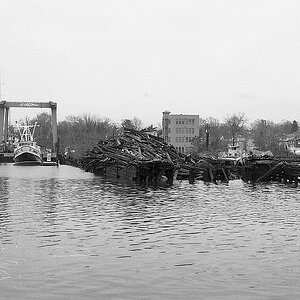
![[No title]](/data/xfmg/thumbnail/34/34115-73b827c6a6db1413dcead11e4caaae69.jpg?1619736285)

![[No title]](/data/xfmg/thumbnail/41/41764-1385c153e9fea917b7efea0bbde7eefe.jpg?1619739885)
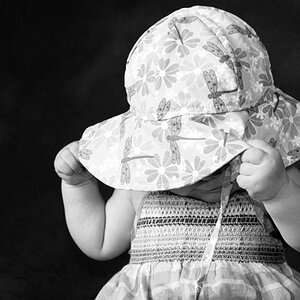
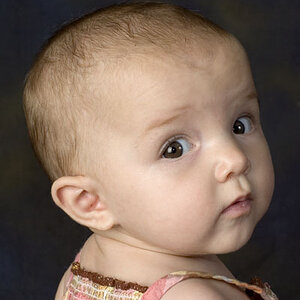
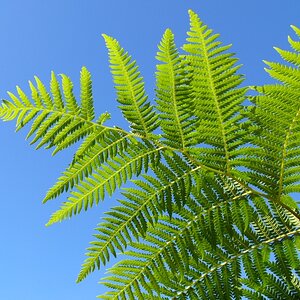
![[No title]](/data/xfmg/thumbnail/37/37603-739c5d9b541a083a12f2f30e45ca2b7b.jpg?1619738147)


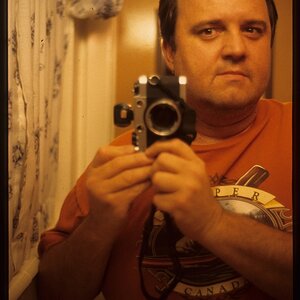
![[No title]](/data/xfmg/thumbnail/34/34116-b81991a4a8a532509a981cadbacd573c.jpg?1619736286)